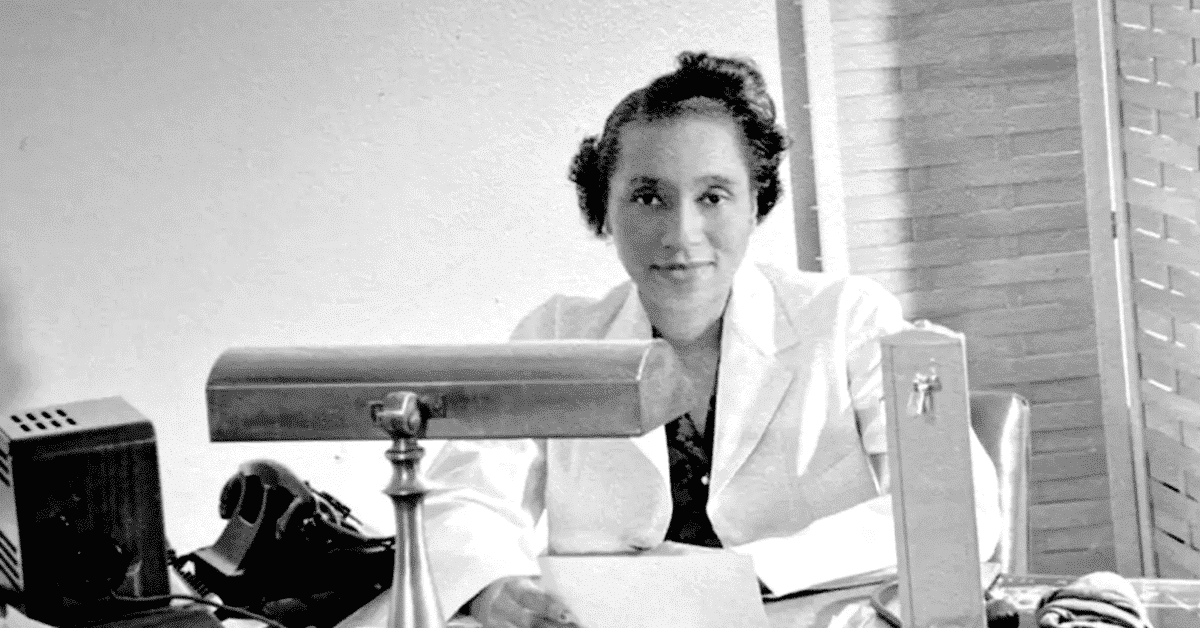Breve storia medica femminile
Why is a female’s surgical history so important to bring up? For centuries, women were denied medical knowledge and technological progress since it was considered a male-dominated field of study.
When plastic surgery took its first steps towards reconstruction practices in the Middle Ages, women were banned from participating in such trials. In 1540, the statute for the “Compagnia dei Barbieri Chirurghi”, the first surgeons’ association, excluded women from any type of practice. In the 14th century, King Henry VIII said, “No carpenter, blacksmith, weaver or women, they will practice surgery.”
However, history has not always been so harsh; the ancient world had welcomed women to participate in scientific knowledge. According to discoveries, female medical students were present in Heliopolis, Egypt, 1500 BC. Aesculapius, son of Apollo, had four daughters who were physicians in Ancient Greece. The Tetrabiblion, written by Atius (150 CE), details the surgical procedures of Aspasia, a Greco-Roman female surgeon. Until the 11th century, this was considered the main surgical text.
And what about the 19th century? Women never made up more than 6% of any medical school class in the United States or Canada before 1970. In those years, the feminist movement, an increase in the number of women graduating from college, and numerous vacancies encouraged women to apply to medical school.
In 1970, women made up around 5% of all physicians in the United States; by 2001, that percentage had risen to 24%. The American Association of Medical Colleges (AAMC) estimated that medical school enrollment is about equal between men and women.
Il dottor J.M. Barry, il “ragazzo senza barba”.
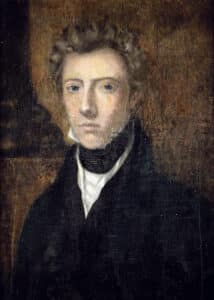
Dr J.M. Barry
The history of the female surgeons opens with the fascinating story of Dr James Berry (1795–1865), also known by the name of “beardless lad”.
Dr Barry attended the esteemed Edinburgh Medical School and graduated at the age of 17 in 1812. During the Napoleonic wars, he served in the army as a physician, and in 1820, at the request of a wealthy client whose wife appeared to be in labour, he conducted one of the first successful Caesarean sections.
Although Dr Barry lived his entire adult private and professional life as a man, he was born Margaret Ann and was known as a female throughout his infancy. The choice to change his gender would partly be to gain acceptance as a university student and pursue a career as a surgeon; only after a post-mortem examination was Barry’s biological sex revealed to the public and military colleagues.
A friend commented that “She chose to be a military doctor upon her death. Not to fight for the right of a woman to become one, but simply to be one”.
Alma Dea Morani – Dalla scultura alla chirurgia plastica
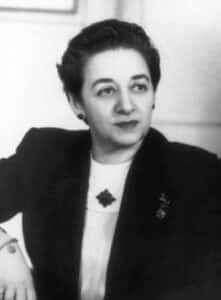
Dott.ssa Alma Dea Morani
Her father wanted her to be a successful sculptor, but she chose to dedicate her life to medicine and become the world’s first female plastic surgeon.
Alma Dea Morani was born in New York City in 1907 to Amalia Gracci Morani and artist Salvatore Natali Morani, from whom she inherited a strong aesthetic sense.
Morani earned her M.D. from the Woman’s Medical College of Pennsylvania in 1931. In 1946, she started her training in St. Louis under renowned plastic surgeon “Colonel” J. Barrett Brown, M.D. It took her six years to find a course that would accept women, but her fellowship only permitted her to observe, not operate.
She made the best of these restrictions and used her skills as an artist to observe and make sketches and pictures before and after surgical procedures. Colonel Brown eventually noticed her intense work, and he finally allowed her to assist him in surgery “on Saturdays when everybody else went to play golf,” letting her complete a true clinical fellowship.
Dr Morani returned to Woman’s Medical College of Pennsylvania, where she was appointed clinical professor of general surgery and plastic surgery until 1975.
Helen Octavia Dickens – la prima donna di colore ammessa al Collegio Americano dei Chirurghi
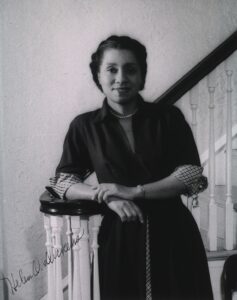
Dott.ssa Helen Octavia Dickens
In 1950, Dr Helen Dickens was the first African American woman admitted to the American College of Surgeons. She often recalled her medical school class, when she opted to sit in the front row to avoid being bothered by her classmates’ racist comments and gestures because she was the daughter of a slave.
Dr Dickens was always motivated and inspired by the achievements of other African American women who had gone before her. Helen Dickens, the only African-American woman in her class, received her M.D. from the same college in 1934 and became associate dean of the University of Pennsylvania’s Office for Minority Affairs in 1969. Within five years, she had boosted minority enrollment from 3 to 64 students.
Dr Dickens educated young women to empower themselves. She used her research to advise schools, parents, and health professionals on intervention strategies to lower the incidence of teen pregnancy and sexually transmitted diseases. She received numerous honours for her work on sexual health for young and adult women.
Dora Richter – La prima donna trans a sottoporsi a un intervento di conferma del genere
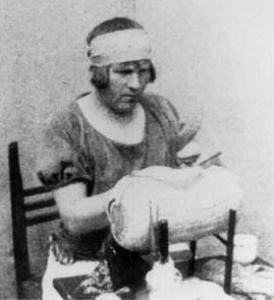
Dora Richter
La storia della medicina è tracciata non solo da medici e chirurghi, ma anche da pazienti coraggiosi che scelgono di essere tra i primi a sottoporsi a un intervento.
Oggi abbiamo deciso di parlarti di Dora Richter, la prima donna transgender al mondo a sottoporsi a un intervento di conferma del genere.
Dora nacque nel 1891 in Germania da una povera famiglia di contadini.
Nonostante il suo nome di nascita fosse Rudolph, i suoi genitori le permisero di vivere libera dalla sua identificazione di genere per tutta la sua infanzia.
Visse la sua vita adulta a Berlino, dove fu occasionalmente arrestata per il “crimine” di travestirsi e condannata a una prigione maschile.
Infine, Dora fu affidata alle cure di Magnus Hirschfeld, un medico tedesco e attivista per i diritti sessuali.
Egli diresse l’Istituto di Ricerca Sessuale, dove Dora lavorò come governante per più di dieci anni.
Nel 1922 si sottopose a un’orchiectomia e a una vaginoplastica.
Per quanto ne sappiamo, è stata la prima persona a sottoporsi a un intervento chirurgico di conferma del sesso.
La sua morte è probabilmente dovuta a un attacco nazista nell’istituto nel 1933.
Ada Lovelace – La madre della moderna scienza informatica

Ada Lovelace
Come azienda DeepTech, non possiamo dimenticare Ada Lovelace, la donna che ha contribuito allo sviluppo dell’informatica moderna.
Oggi è ufficialmente riconosciuta come la prima programmatrice di computer della storia. Ada Lovelace era l’unica figlia del poeta Lord Byron e di Anne Isabella Milbanke, una matematica.
Le sue abilità matematiche la portarono a lavorare a lungo e a stringere amicizia con Charles Babbage, considerato“il padre dei computer“. In particolare, il lavoro di Babbage sulla macchina analitica suscitò la sua curiosità. Gli appunti di Lovelace sono significativi per la storia dei primi computer perché contengono quello che è considerato il primo programma per computer, cioè un algoritmo progettato per essere eseguito da una macchina. Ada descrisse il suo approccio come“scienza poetica” e se stessa come“analista (e metafisica)“; questa mentalità la portò a indagare sul Motore Analitico e su come gli individui e la società interagiscono con la tecnologia come strumento di collaborazione.
Bibliografia
Wirtzfeld, Debrah A. “La storia delle donne in chirurgia“. Canadian Journal of Surgery.
Giornale Canadese di Chirurgia , Canadian Medical Association, agosto 2009.
“Dr. James Barry: A Woman Ahead of Her Time Review – Una squisita storia di scandalosi sotterfugi”. The Guardian, Guardian News and Media, 10 nov. 2016
“Cambiare il volto della medicina | Alma Dea Morani“. U.S. National Library of Medicine, National Institutes of Health, 3 giugno 2015.


